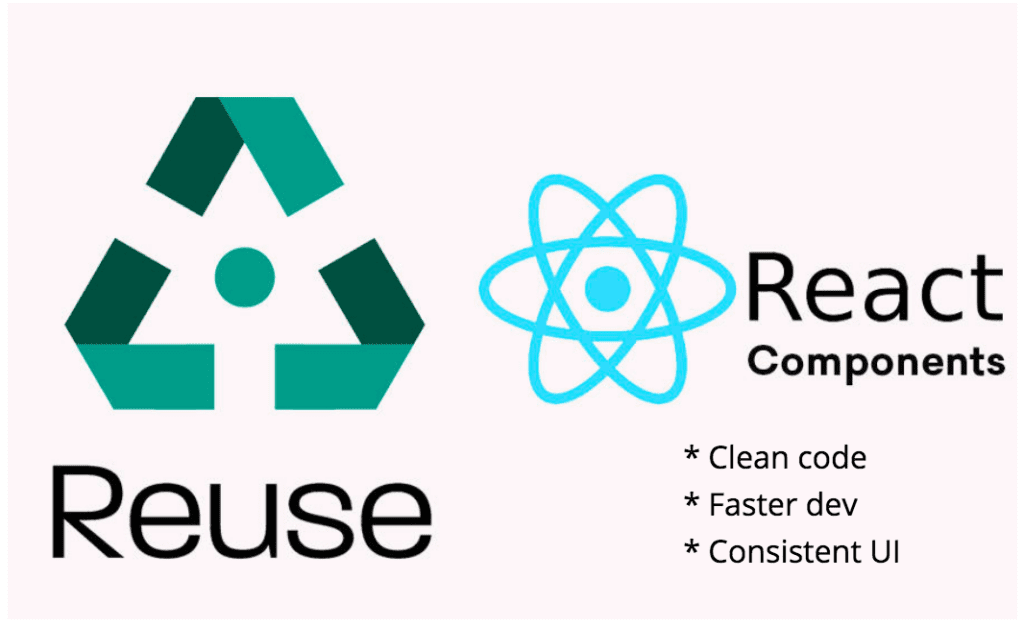React JS is a flimsy JavaScript framework used for building user interfaces, which can also be applied to creating functional User Interface components. React.js is a declarative, well-organized, and flexible JavaScript library that helps develop fast and user-friendly web applications. In order to compare with other frameworks, such as Vue.js, Ember.js, or Angular.js, React has an untapped potential for delivering flimsy, resource-efficient, and vigorous application solutions. If you have no prior experience using it for your business purposes, it could be wise to learn about all the advantages and disadvantages of React.js for app development goals.

When picking a JavaScript framework, it’s analytical to consider the advantages of React JS and its limitations. Because of its versatile and efficient nature, React has become massively popular day by day. React JS came about as a side project developed by a Facebook software developer in 2011. React was first introduced publically in the year of 2013 and is currently an open-source JavaScript framework. Because it can be used to develop complex and typical User Interfaces that operate faster than other frameworks, eventually React JS has increased in popularity over time.
Most used web frameworks among developers worldwide as of 2022
There are more than 10,499,785 live websites built with React JS, according to BuiltWith. As per a study published on Statista (with a sample size of 67,293 respondents), React JS was declared as the 2nd winner (right behind node js) in the list of most used web frameworks among developers worldwide as of 2022.

Deep Explanation of React JS
As mentioned above, React is a JavaScript library that was created by a Facebook team as an open-source project. It’s a package that allows you to create modular user interfaces. It promotes the development of reusable user interface components that display data that varies over time. To implement sophisticated functions, most front-end JavaScript developers use frameworks like Angular and Vue.
React does not make use of templates. UIs for web applications have traditionally been created using templates or HTML directives. The whole collection of abstractions that you are allowed to take advantage of to design your UI is usually dominated by these templates. React takes another way of creating user interfaces by breaking them down into components. React can control the view layers of both online and mobile apps, making it useful for both. If you use this pliable framework in conjunction with other supporting libraries, you can construct typical programs.

React utilizes one-way data binding which means that its structure passes from parent to child. React, also provides LinkedStateMixin for two-way data binding, which works in the structured establishment of the overall data flow loop.
Updates in React are as simple as sensible. To see the changes in the traditional data flow, one had to reload the whole page for each and every new data entry. A reload is not required in React. The reason behind this is that unlike typical data flows, In order to receive new data updates react does not construct any additional Document Object Models (DOM) when receiving new data updates.
We have outlined the React landscape and let us now delve into the advantages and limitations of ReactJs to have a wider understanding of this open-source javascript framework named React JS.
Advantages of React JS
Easy to learn and use

React JS is much easier to learn and use. It has a good supply of documentation, tutorials, and training resources. Any developer who comes from a JavaScript background can easily understand React JS and start creating web apps using React in a few days. It is not fully featured but has the advantage of an open-source JavaScript User Interface(UI) library, which helps in the completion of tasks in an effective manner.
Creating Dynamic Web Applications Becomes Easier

Creating a dynamic web application specifically with HTML strings was typical because it requires complex coding, but React JS solved that issue and makes it easier. It provides less coding and gives more functionality. It provides support for the building of machine-readable codes. It makes use of the JSX(JavaScript Extension), which is a particular syntax letting HTML quotes and HTML tag syntax render particular subcomponents.
Reusable Components

A React JS web application is made up of multiple components, and each component has its own logic and controls. These components are responsible for outputting a small, reusable piece of HTML code that can be reused wherever you need them. The reusable code helps to make your apps easier to develop and maintain. These Components can be nested with other components to allow complex applications to be built of simple building blocks. React JS uses a virtual DOM-based mechanism to fill data in HTML DOM. The virtual DOM works fast as it only changes individual DOM elements instead of reloading the complete DOM every time.
Performance Enhancement

React JS improves performance due to virtual DOM. The DOM is a cross-platform and programming API that deals with HTML, XML, or XHTML. Most of the developers faced the problem when the DOM was updated, which slowed down the performance of the application. React JS solved this problem by introducing virtual DOM. The React Virtual DOM exists entirely in memory and is a representation of the web browser’s DOM. Due to this, when we write a React component, we did not write directly to the DOM. Instead, we are writing virtual components that react will turn into the DOM, leading to smoother and faster performance.
The Support of Handy Tools

React JS has also gained popularity due to the presence of a handy set of tools. These tools make the task of the developers understandable and easier. The React Developer Tools have been designed as Chrome and Firefox dev extensions and allow you to inspect the React component hierarchies in the virtual DOM. It also allows you to select particular components and examine and edit their current props and state.
Disadvantage of React JS
The high pace of development
The high pace of development has an advantage and disadvantages both. In case of disadvantage, since the environment continually changes so fast, some of the developers not feeling comfortable relearning new ways of doing things regularly. It may be hard for them to adopt all these changes with continuous updates. They need to be always updated with their skills and learn new ways of doing things.
Poor Documentation
It is another con that is common for constantly updating technologies. React technologies updating and accelerating so fast that there is no time to make proper documentation. To overcome this, developers write instructions on their own with the evolving of new releases and tools in their current projects.
View Part
ReactJS Covers only the UI Layers of the app and nothing else. So you still need to choose some other technologies to get a complete tooling set for development in the project.
JSX as a barrier
ReactJS uses JSX. It’s a syntax extension that allows HTML with JavaScript mixed together. This approach has its own benefits, but some members of the development community consider JSX as a barrier, especially for new developers. Developers complain about the complexity of the learning curve.
React JS | Advantages and Disadvantages!!
React JS | Advantages and Disadvantages!!
React JS | Advantages and Disadvantages!!
Click here to learn React.js for Web and Application Development
Read more
SSR by offloading assets to CDN for Angular 9
Top 10 IT Companies In World | Largest IT Solution
To make your Angular app perform more faster, use Brotli.



